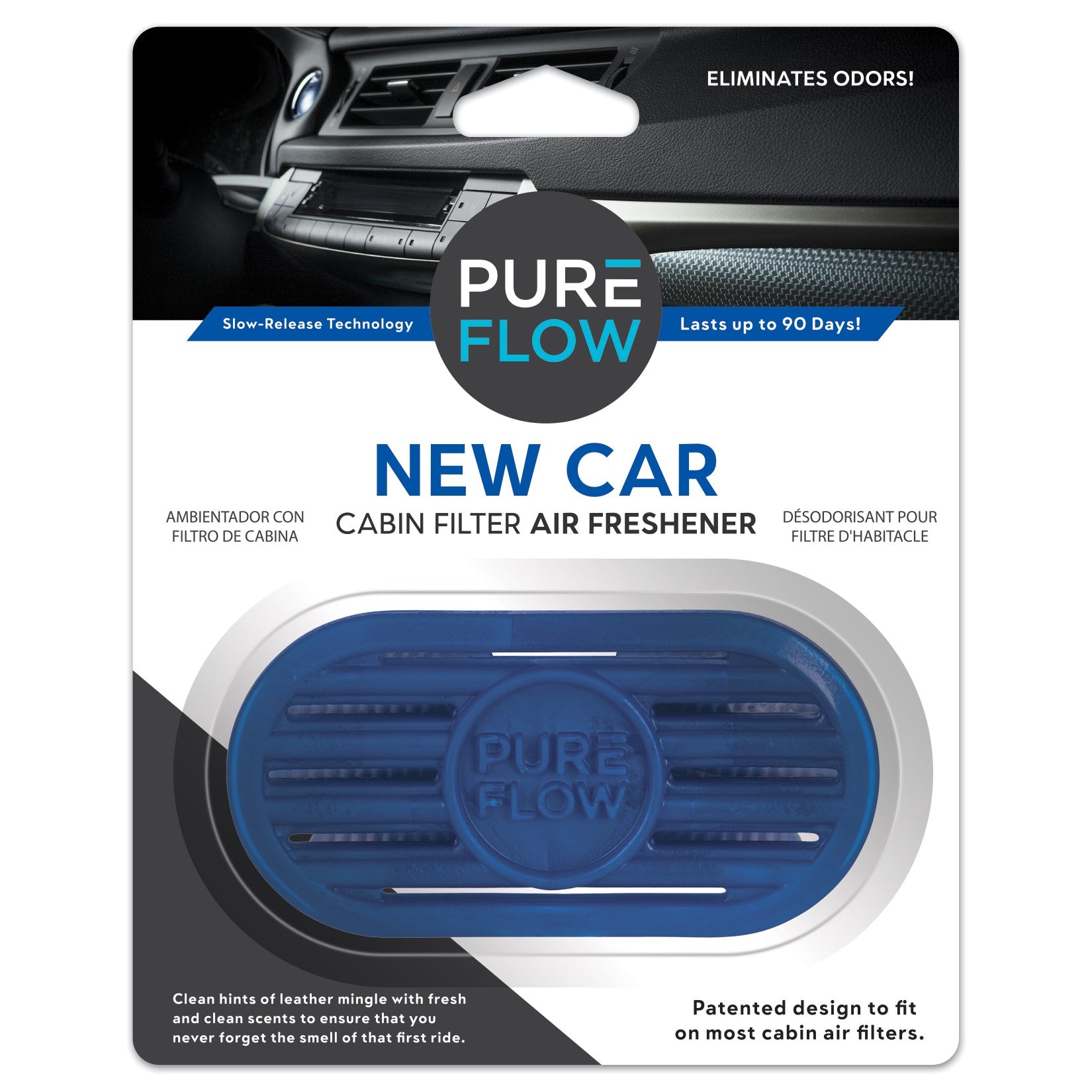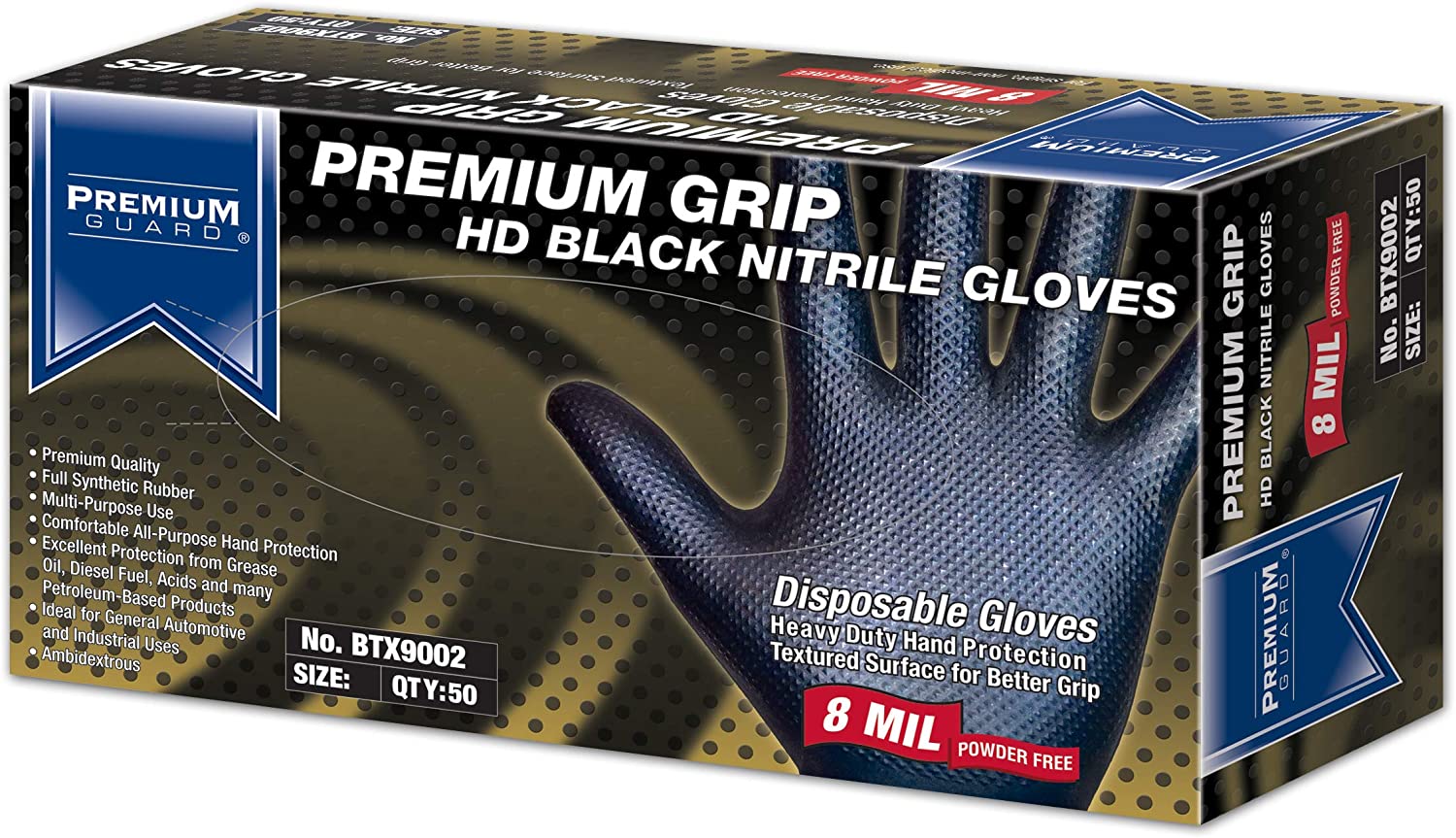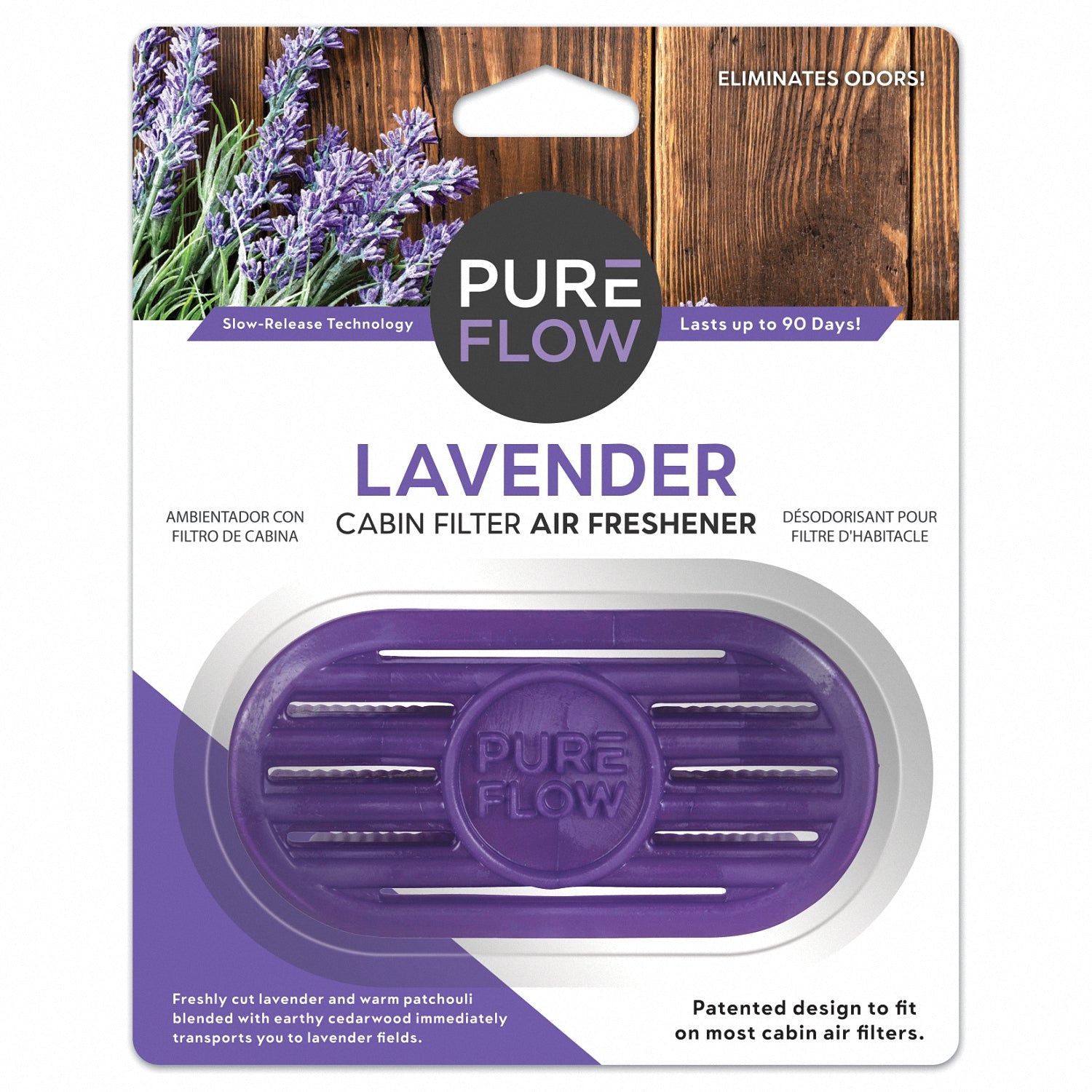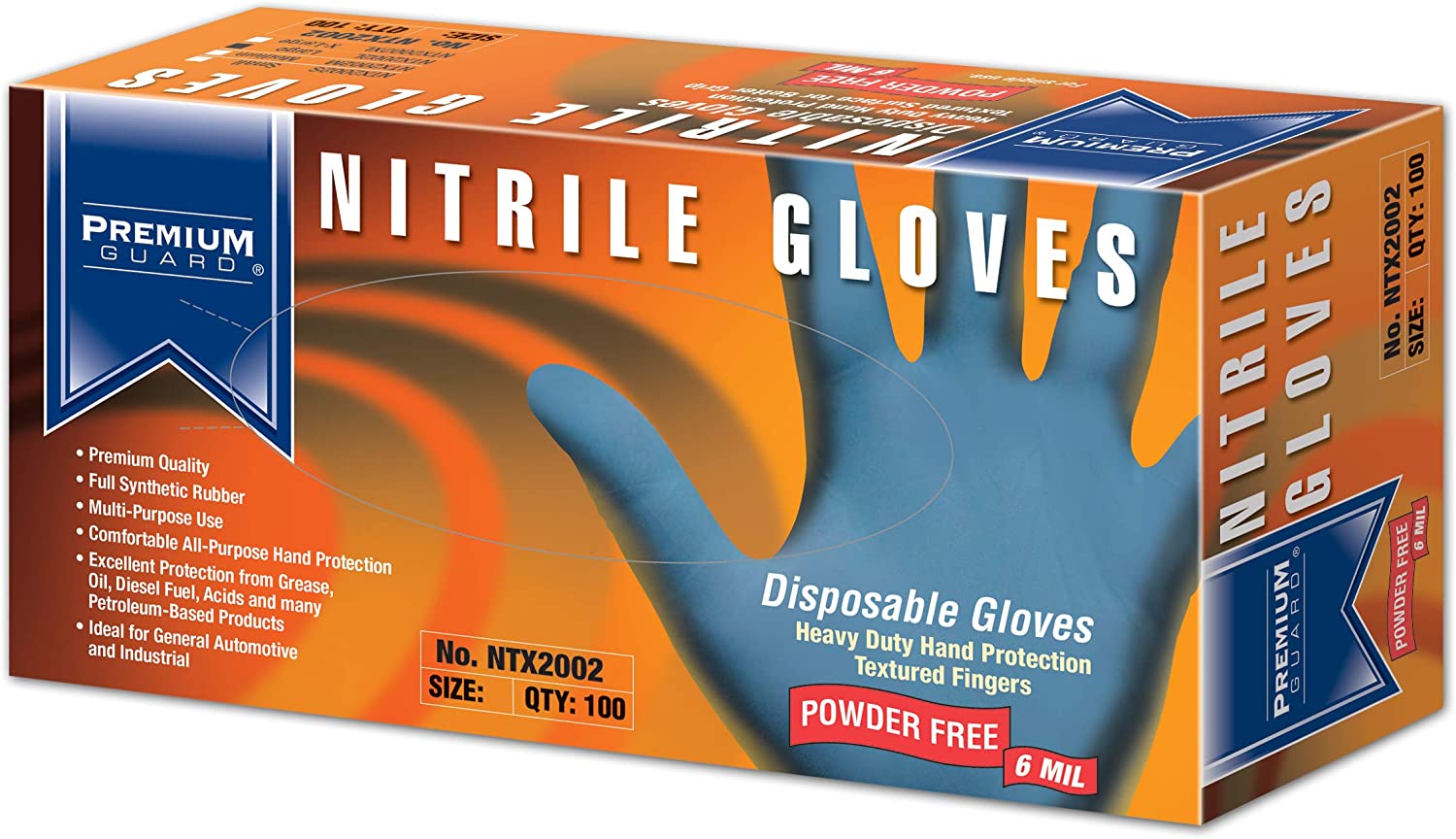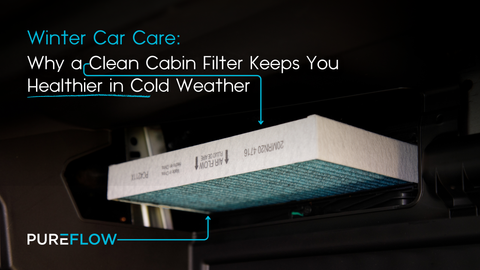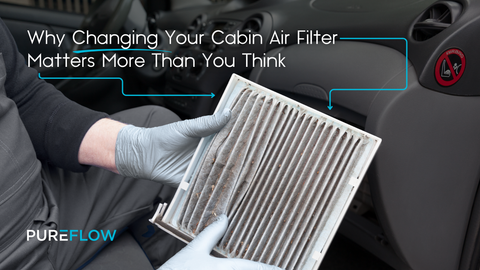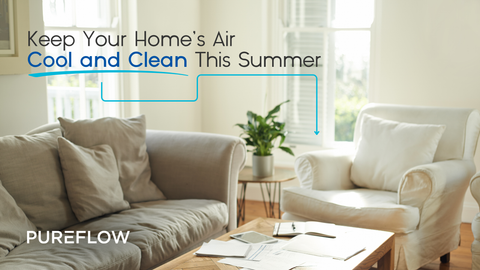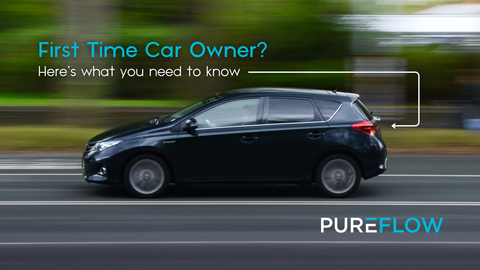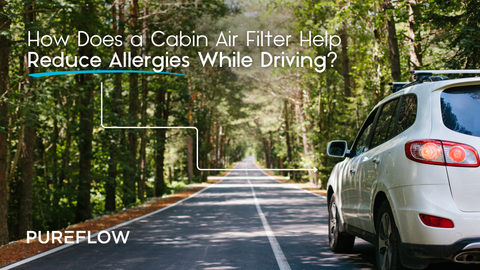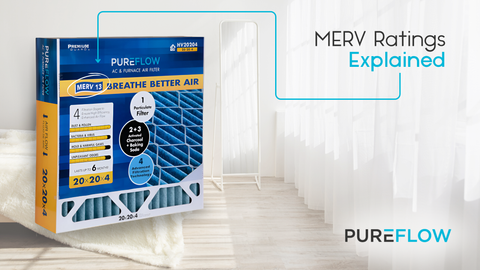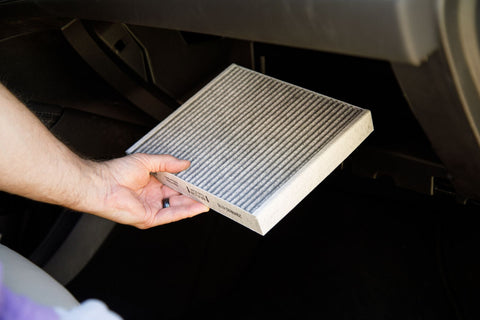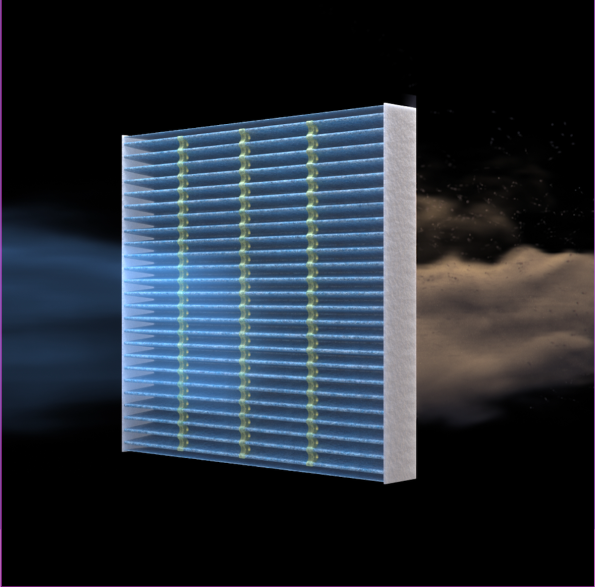What is a Cabin Air Filter?
A cabin air filter is, as the name suggests, a filter that blocks dust, debris, pollutants, and allergens from entering the cabin of the car. It is a small filter, usually about the size of a hardback book, that is typically inserted into the air system behind the glove compartment.
What Does a Cabin Air Filter Do?
A cabin area typically has many levels of defense in protecting your vehicle’s cabin. The primary filter blocks out large items, such as dust, pollen and debris, so that anything that is picked up on the road--especially on a dirt road, or an autumn leafy road--will be blocked from entering the cabin. The filter also typically has a layer that is designed to block pollutants, including exhaust, carbon monoxide, sulphur dioxide, as well as allergens. Finally, the filter blocks out mold, which can be very harmful to the health of you and your fellow riders.
How Do You Know When Your Cabin Air Filter Needs Replacement?
Generally speaking, a cabin air filter should be replaced once or twice a year, depends on the driving condition and the area where you live, considering factors like dust, humidity, fires etc.
There are some other signs, however, that should indicate that you need to get it replaced a little earlier.
Musty or Moldy Smells in the Cabin
If you’re getting bad smells in the cabin of the vehicle, this can be because the filter is dirty and packed with dirt, debris, and mold. At this point, the filter can do more harm than good, as mold can build up on the filter and make the riders in the vehicles sick.
Reduced Air Flow/Less Effective HVAC
Reduced air flow is a sign that your filter is clogged. If your HVAC is struggling, if it’s taking a long time to heat up or cool down, then your filter is probably stopping air flow. Getting that air filter replaced will clear up this problem and get the air pumping quickly and unimpeded.
Foggy and Icy Windows Take Longer to Clear
As above, if your cabin air filter is clogged, air will flow through it slower and less efficiently. If your windshield is foggy or icy and it takes forever for it to clear when you get the air blowing on it, then the odds are good that your air filter is running inefficiently.
Noise Coming From the Air Vents
Noise, particularly whistling, coming from the air vents is a good sign that you have some debris, such as a leaf or litter, stuck in your cabin air filter. As the air blows past it, the debris will flutter and whistle in the air flow, and you’ll know that it’s time to get the air filter replaced.
Allergy and Breathing Problems While Driving
One of the best aspects of a cabin air filter is that it blocks allergens and pollutants, but if your cabin air filter isn’t performing correctly, you can easily get watery eyes, sneezes, and coughing while you drive. This is an important time to replace the cabin air filter, because it directly affects your health.
How Do You Replace Your Cabin Air Filter?
Replacing the cabin air filter is a relatively easy thing to do that doesn’t require special tools. Basically, the glove box is removed (it can be easily dropped down by undoing a latch or pin) and a panel to the air filter is revealed behind it. This panel is removed either by pins or clips, and then the air filter can be swapped out easily. All vehicles are slightly different, so consult your owners manual, but generally the replacement can be done in less than ten minutes.
Make sure to search for the right cabin air filter for your car. After that you can read up on how to change the filter with our blog. Always work with Pureflow Air for the best cabin air filters.




